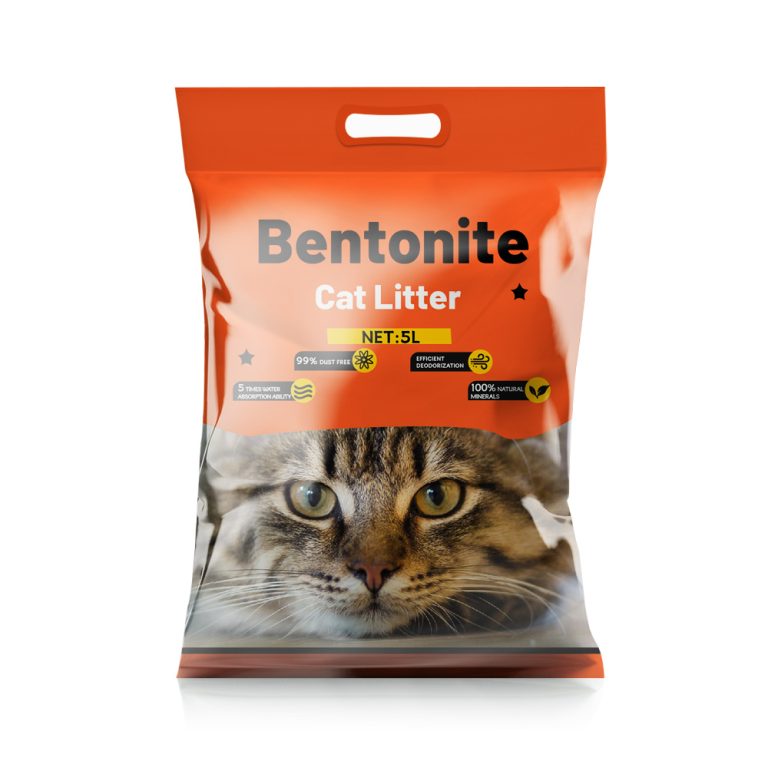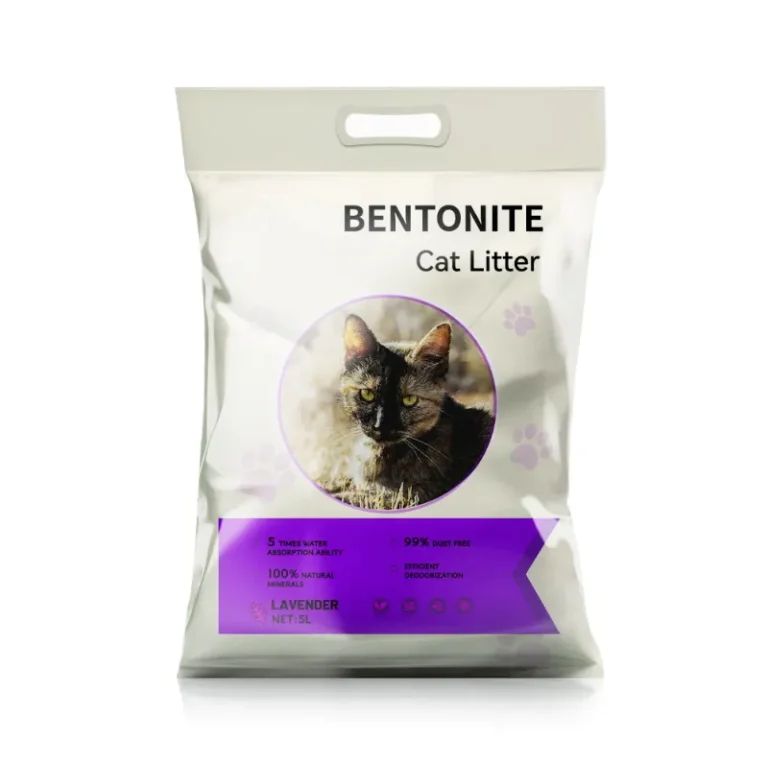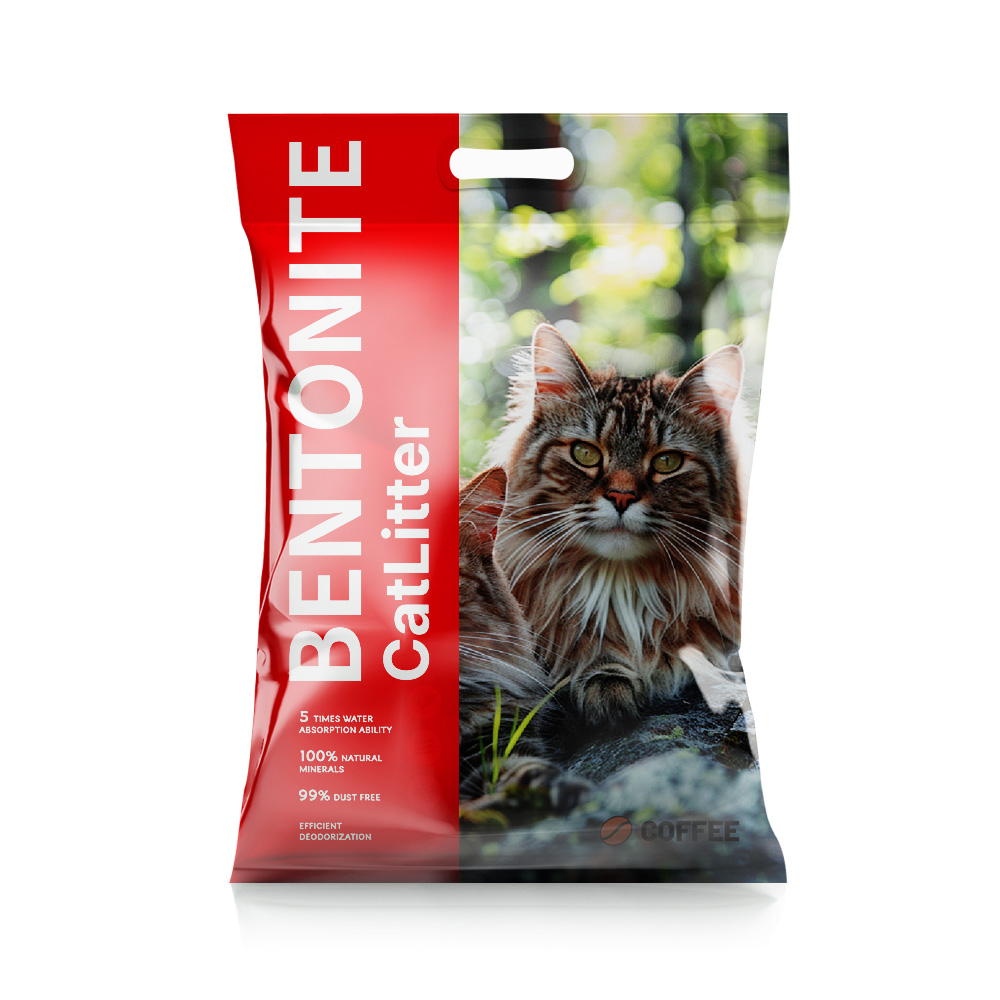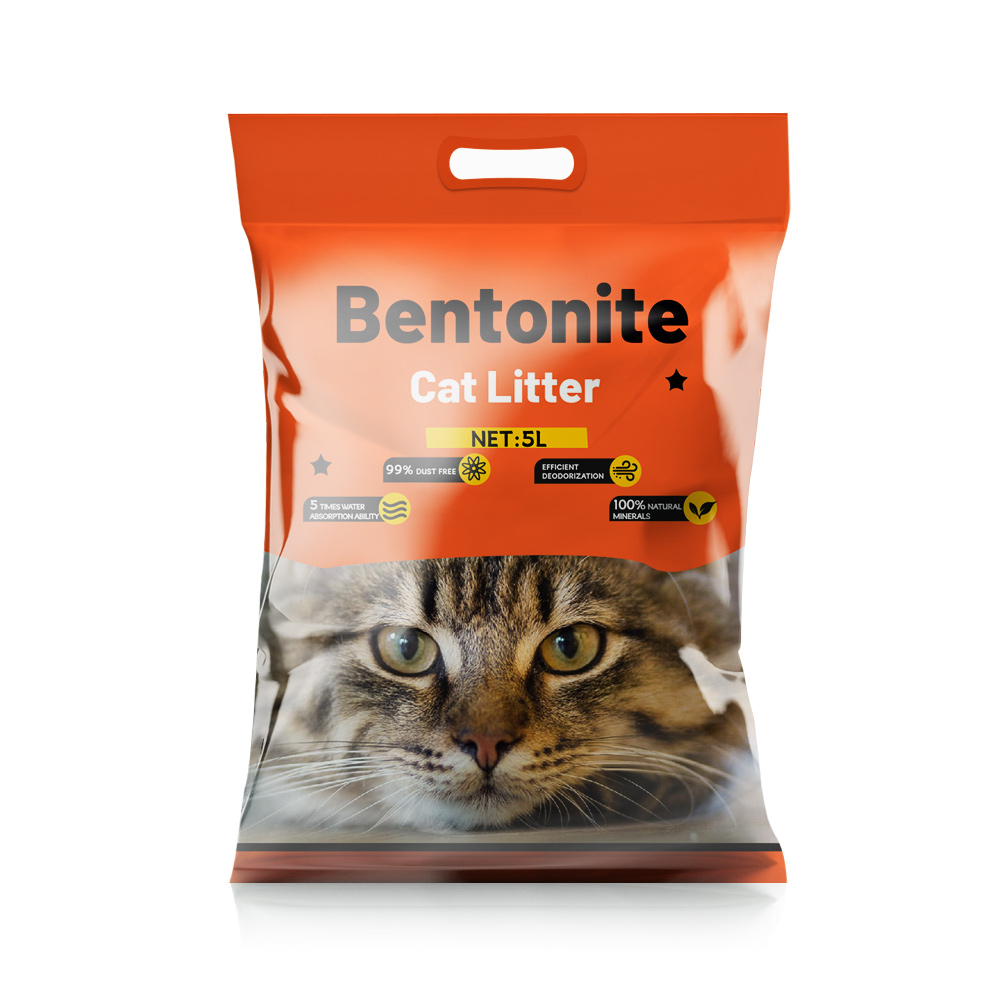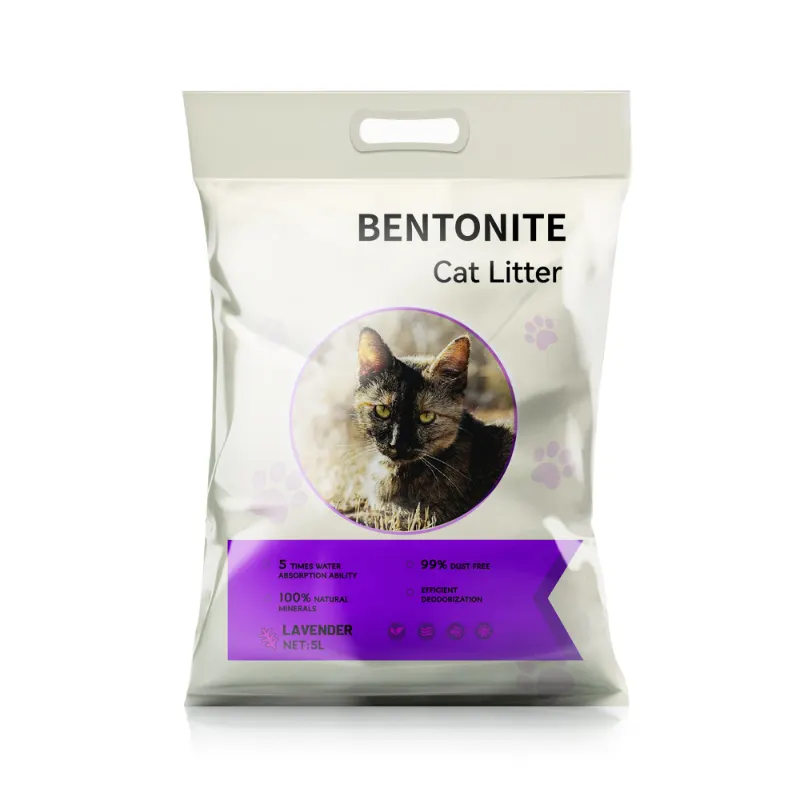Growing Demand for Eco-Friendly Cat Litter Products

Key Drivers Behind the Shift to Eco-Friendly Cat Litter
The rising interest in eco-friendly cat litter products stems from heightened environmental awareness among buyers. Many pet owners now pay closer attention to their ecological impact. They seek sustainable choices in all areas of life, including pet care. Traditional clay-based litters depend on non-renewable resources and add to landfill waste. In contrast, biodegradable alternatives are gaining favor. This change supports global efforts to cut pollution and boost sustainability.
Additionally, governments and groups worldwide are enforcing tougher environmental rules. These policies push industries toward greener methods. Pet product makers are responding. They innovate and broaden their eco-friendly offerings to meet these standards and customer desires.
Consumer Preferences for Biodegradable and Chemical-Free Options
Today’s buyers value health and safety for themselves and their pets. Biodegradable and chemical-free cat litter options are growing popular. They reduce contact with harmful substances. These products often use natural materials like wood, corn, or recycled paper. Such materials break down easily in the environment. They leave no toxic traces behind.
Plus, the ease of eco-friendly options appeals to consumers. Many biodegradable litters can be composted or flushed, depending on local rules. This cuts down on disposal hassles compared to traditional litters, which need specific waste handling.
The Role of Pet Humanization in Market Growth
Pet humanization—viewing pets as family—greatly shapes buyer behavior in the cat litter market. Pet owners increasingly see their cats as key household members. They want top-quality products that match their own principles. This includes picking sustainable, non-toxic options. These choices benefit their pets’ well-being and safeguard the environment.
Manufacturers tap into this trend. They market eco-friendly cat litter as a premium item tied to a responsible lifestyle. This strategy boosts sales. It also builds loyalty among eco-aware buyers.
Types of Eco-Friendly Cat Litter Dominating the Market
Wood-Based Cat Litter: Features and Benefits
Wood-based cat litter starts with renewable bits like sawdust or wood chips. It soaks up messes great. It keeps smells in check too. And it’s biodegradable. Eco-fans love it. It uses leftovers from woodcutting jobs.
Here’s another plus: it’s lighter than clay stuff. That makes it easy to lug around or pour. No dust either. So, cats and people breathe better.
Corn-Based Cat Litter: A Sustainable Alternative
Corn-based cat litter goes green another way. It’s natural and falls apart fast outside. It clumps up nice. That makes scooping simple and wastes less.
Corn grows plenty, keeping this cheap and earth-friendly. Also, it’s got plant bits that zap odors. No fake chemicals needed.
Paper-Based Cat Litter: Innovations in Disposal and Convenience
Paper-based cat litter comes from recycled stuff—think old newspapers or boxes. It gives junk a new job instead of clogging dumps. It’s light and sucks up wet spots well. Perfect for homes wanting something simple and low-impact.
One cool trick? You can flush it some places. That’s super easy. Plus, it’s soft on cat paws. Great for little kittens or old cats with sore feet.
Regional Insights into the Global Cat Litter Market
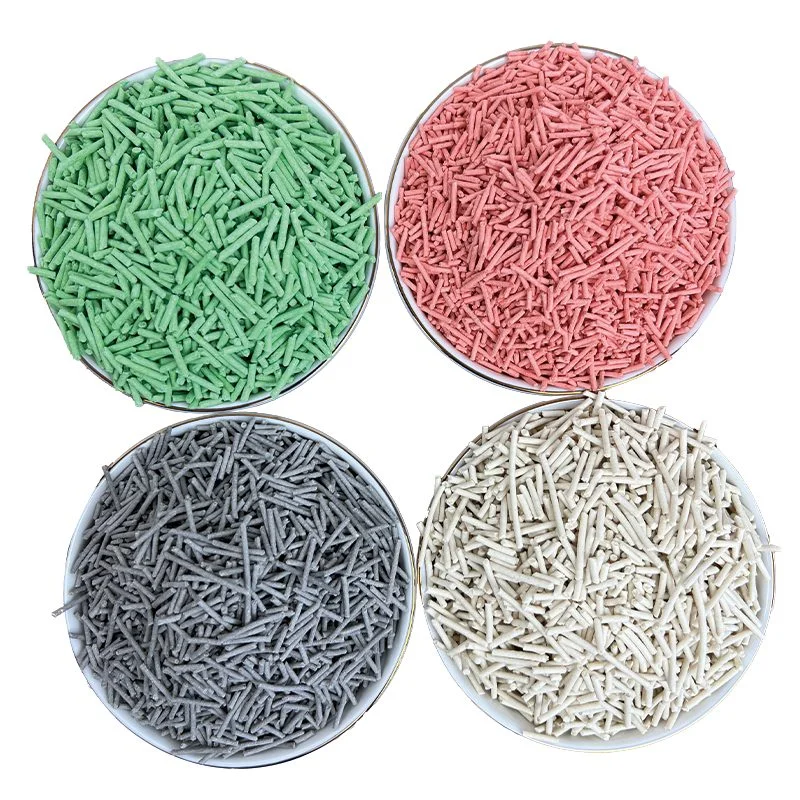
North America: Leading the Way with Sustainability Trends
North America’s ahead in green cat litter trends. People here grab eco-stuff fast. Green talk and easy access help. In the U.S. especially, biodegradable litters fly off shelves. Owners mix sustainability with what’s practical.
Stores catch on. They stock more eco-friendly picks. That pushes the market up. Online sites chip in too. They show folks what green choices are out there.
Europe: Impact of Environmental Legislation on Consumer Choices
Europe’s got tight green laws. They shape what people buy for cat litter. Rules cut plastic waste and push recycling. So, companies make new fixes that follow along.
Buyers there know their eco-stuff. They pick products that match their ideas. That’s why renewable or recycled cat litters do great in spots like Germany, France, and Scandinavia.
Asia-Pacific: Rising Urbanization and Pet Adoption Rates
Asia-Pacific’s changing quick. Cities grow. More folks get pets. That sparks interest in green pet care among city people.
In places like China and India, folks have more cash now. They splurge on fancy biodegradable cat litter. It works well and helps the planet. BASTET (Tianjin) Pet Products Co., Ltd. in China nails this. They make custom, top-quality stuff for buyers everywhere.
Challenges Facing the Eco-Friendly Cat Litter Market
High Production Costs and Their Impact on Pricing
Making eco-friendly cat litter takes renewable bits like wood, corn, or old paper. Those cost more than clay litter stuff, which is cheap and everywhere. Plus, turning them into litter ain’t simple. It needs high-tech gear to stay green and good. That bumps up costs. Prices climb too.
Some buyers hit a wall here. Green fans don’t mind paying extra. But others can’t swing it for pet gear. Companies wrestle with this. They try to keep prices okay while staying eco.
Supply Chain Disruptions and Raw Material Availability
Supply chains worldwide took hits lately. Blame COVID-19, country fights, or wild weather. It messes with stuff for eco-friendly cat litter. Say recycled paper or corn runs low. Production slows. Costs jump.
On top of that, spotty renewable supplies can mess with quality. Or leave shelves empty. Makers fight back. They spread out who they buy from. They tweak things to keep materials coming.
Competitive Landscape of the Eco-Friendly Cat Litter Industry
Key Players Investing in Sustainable Product Development
Big names in eco-friendly cat litter sink cash into new ideas. They want stuff that’s green and works great. Think better smell control or clumping. All with natural or reused bits.
Brands push greener perks too. They try carbon-neutral making and earth-safe packs. Going all-in on sustainability sets them apart in a busy market.
Expansion of Production Facilities to Meet Growing Demand
Demand for eco-friendly cat litter keeps spiking. Makers scale up to match it. They build new spots or fix up old ones. New tech helps them make stuff fast and green.
They spread out too. Plants pop up near big markets. That saves on shipping cash and planet harm. Deliveries speed up. Also, linking with local suppliers and sellers smooths things out. It fits what buyers need wherever they are.
Frequently Asked Questions (FAQs)
Why’s eco-friendly cat litter costlier than regular kinds?
It uses renewable or biodegradable stuff. That’s pricier to grab and turn into litter than clay.
Does biodegradable cat litter help the planet?
Yep! It shrinks landfill piles. It breaks down natural, no harm done.
How do companies fix supply chain hiccups for green stuff?
They mix up suppliers and use smart tech. Local tie-ups keep materials steady.
What should I check for in eco-friendly cat litter?
Look at biodegradability and smell control. Clumping matters too. So does how you’ll toss it—compost or flush.
Take BASTET (Tianjin) Pet Products Co., Ltd. They shine with quality cat litter done green. Their fresh takes win over eco-buyers globally.



